4×4 Reviews
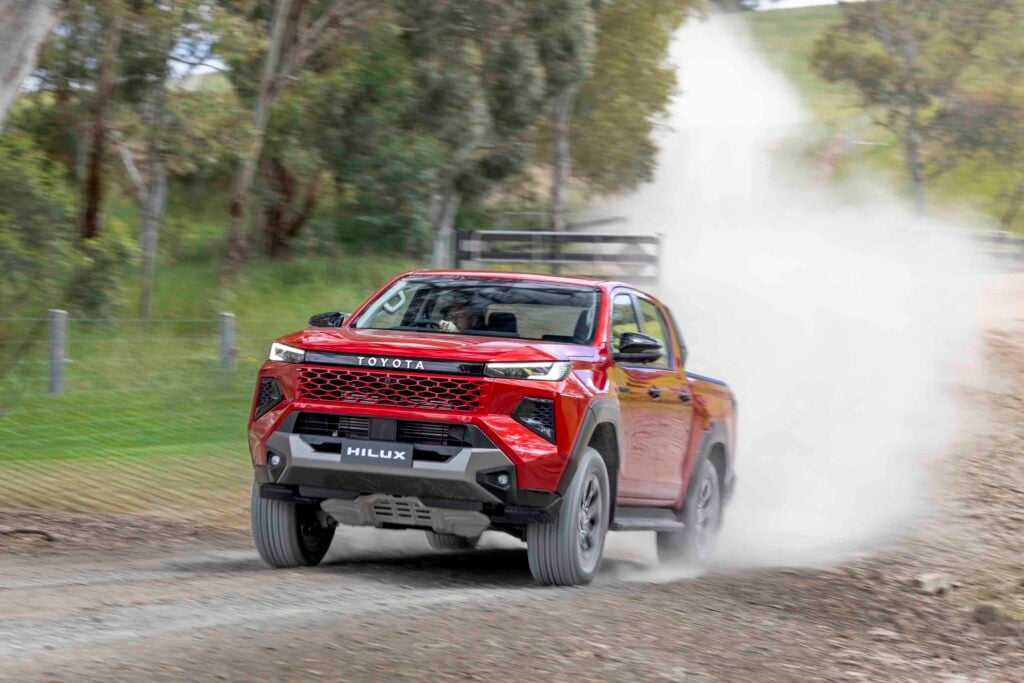
2026 Toyota HiLux launch review: Sticking to a winning formula
Tough, simple and capable – the 2025 HiLux sticks to what works
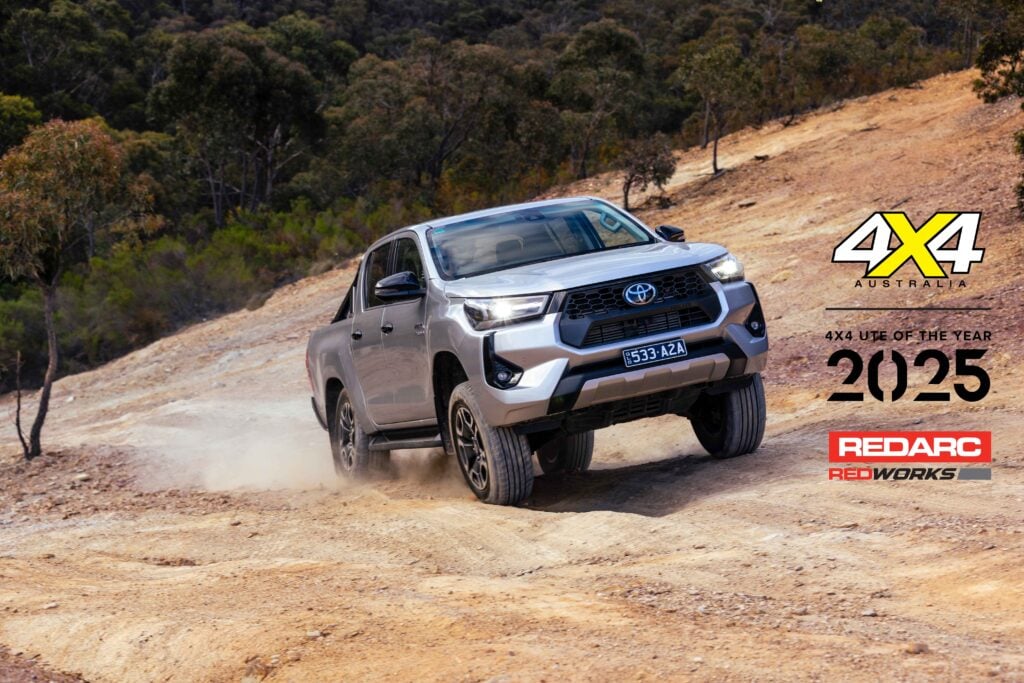
2025 4×4 Ute of the Year contender: Toyota HiLux SR5+
The HiLux proves its enduring appeal with strong all-round performance
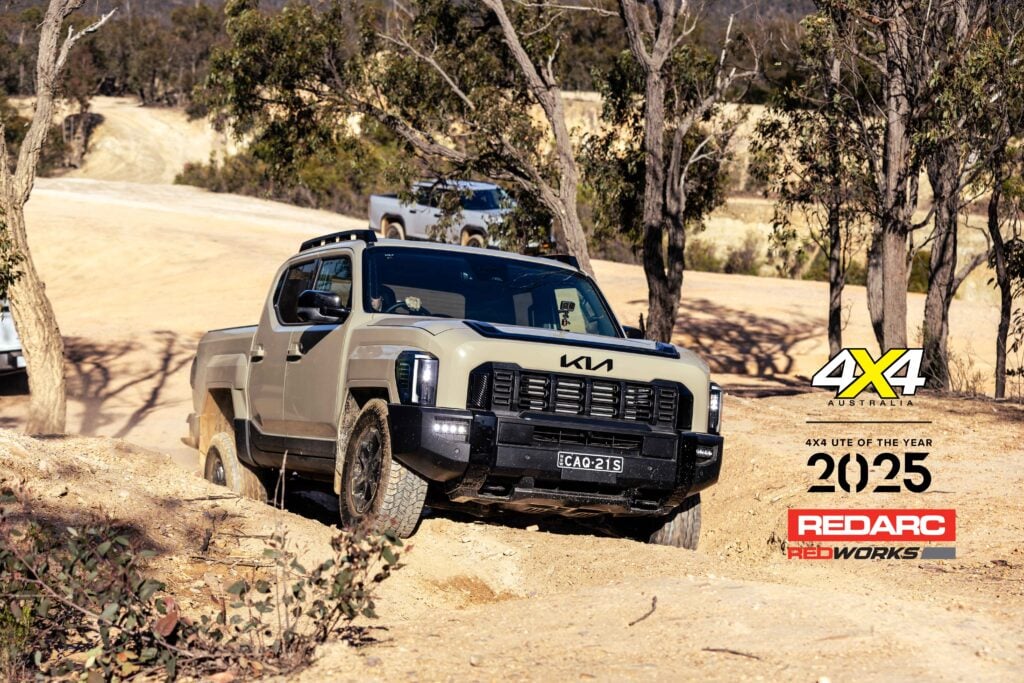
2025 4×4 Ute of the Year contender: Kia Tasman X-PRO
Kia’s all-new Tasman makes a bold first impression at its inaugural UOTY test
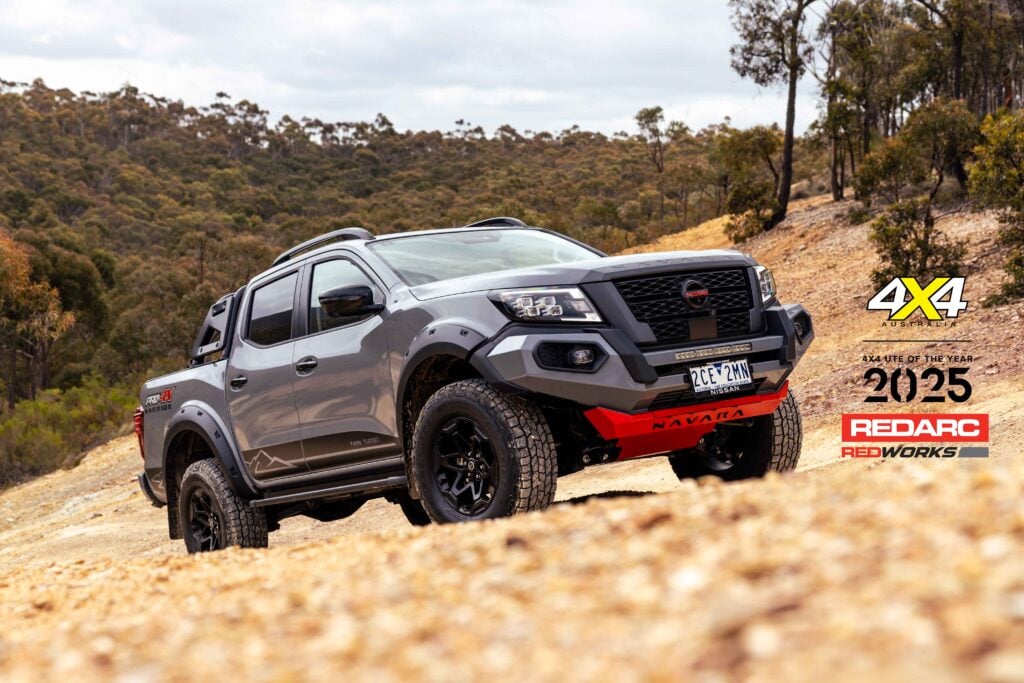
2025 4×4 Ute of the Year: Nissan Navara PRO-4X Warrior wins Best Adventure ute
The PRO-4X Warrior proves an old ute can still punch well above its weight
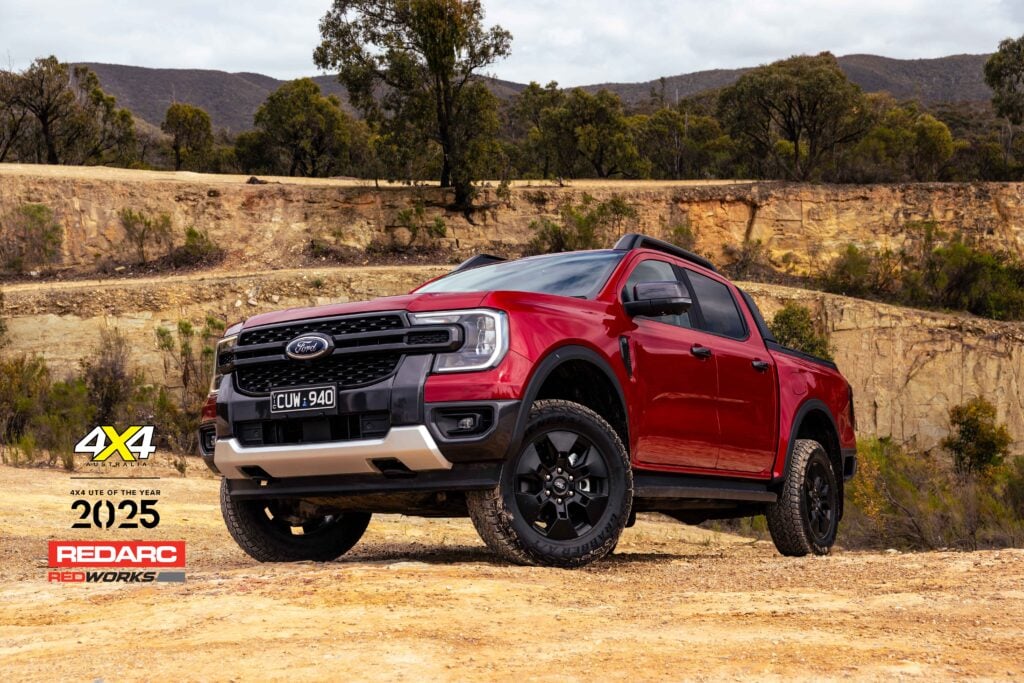
Ford Ranger PHEV wins Best Hybrid at the 2025 4×4 Ute of the Year
The Ranger Sport PHEV delivers real-world performance without feeling like an all-electric compromise
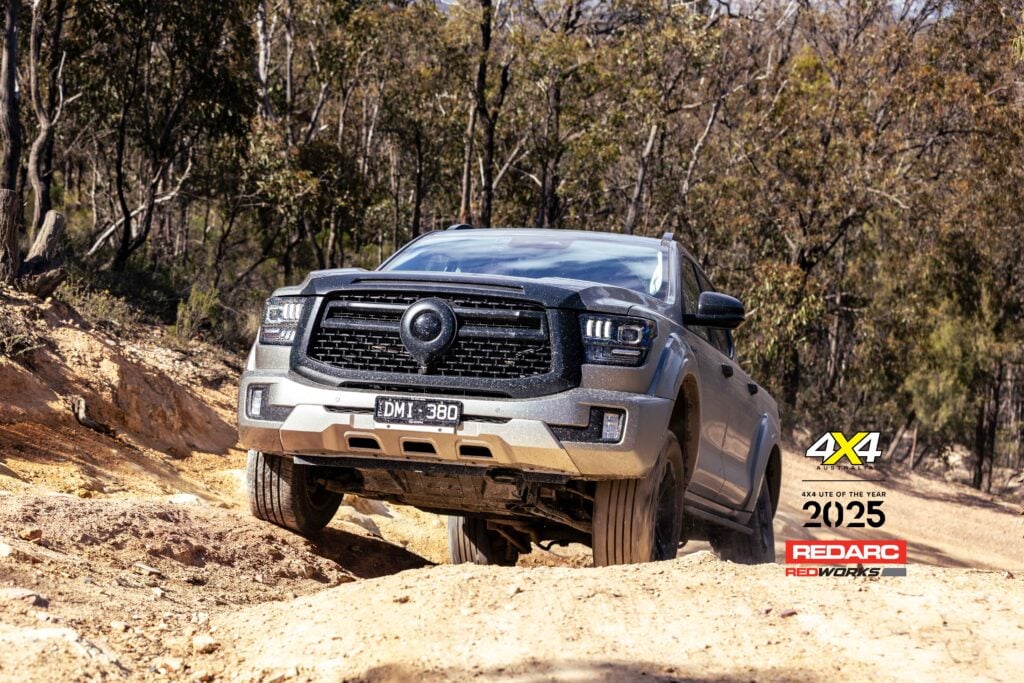
2025 4×4 Ute of the Year contender: GWM Cannon Alpha PHEV
Packing serious punch and a feature-rich cabin, the Cannon Alpha PHEV proves it can hold its own against established 4x4s
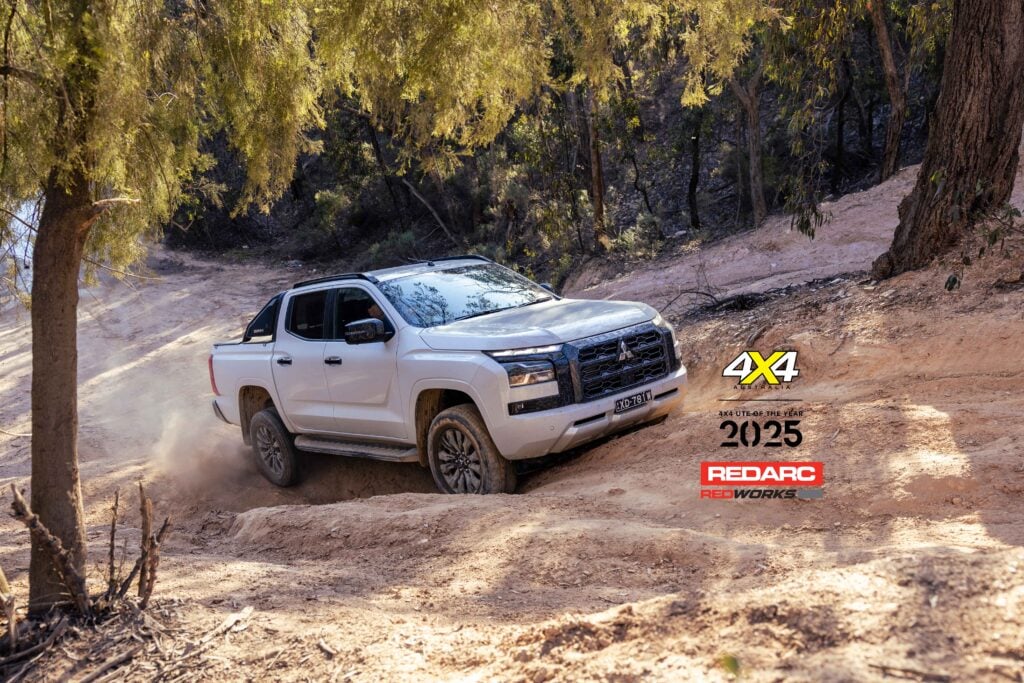
2025 4×4 Ute of the Year contender: Mitsubishi Triton GSR
The Triton GSR proves midsize utes can be fun and ready for anything
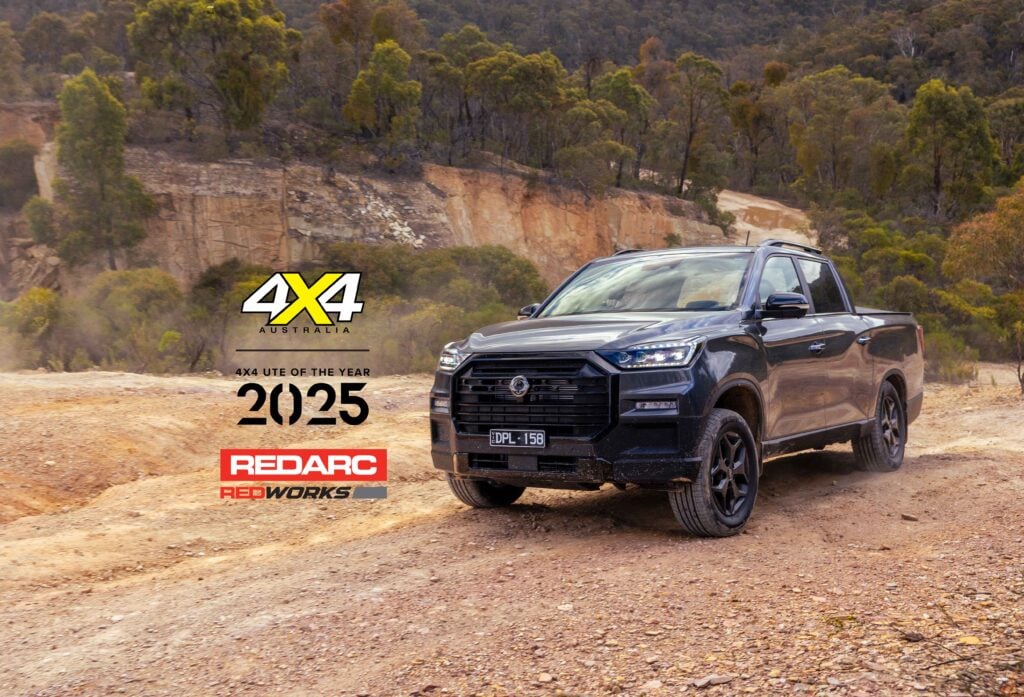
KGM Musso Ultimate: 2025’s Best 4×4 Ute Under $60K
You don’t need big money to get a well-equipped, comfy, hard-working 4×4 ute
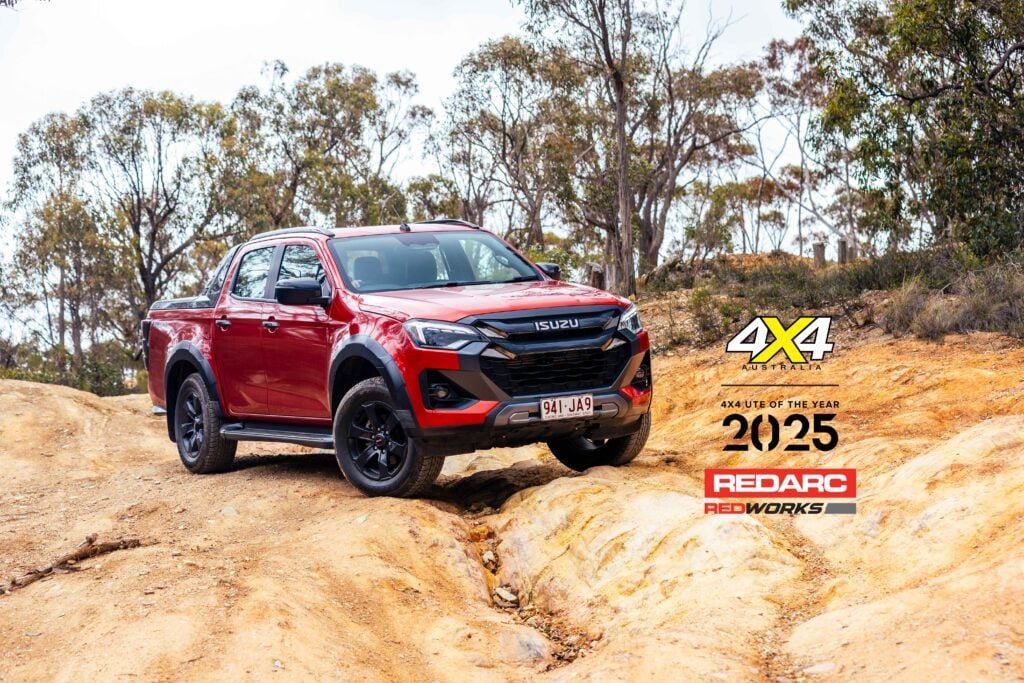
2025 4×4 Ute of the Year contender: Isuzu D-MAX X-Terrain
The D-MAX sticks to what works – a simple, tough driveline and honest capability that keeps it a favourite among buyers
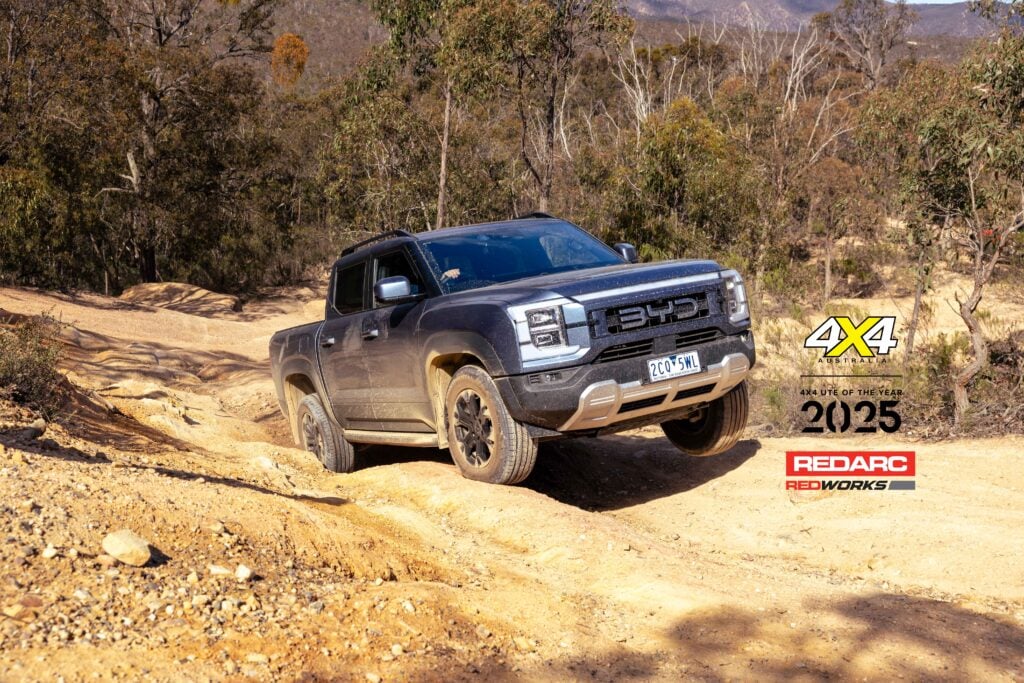
2025 4×4 Ute of the Year contender: BYD Shark
A bold first impression, but the Shark falls short as a true off-road or towing ute
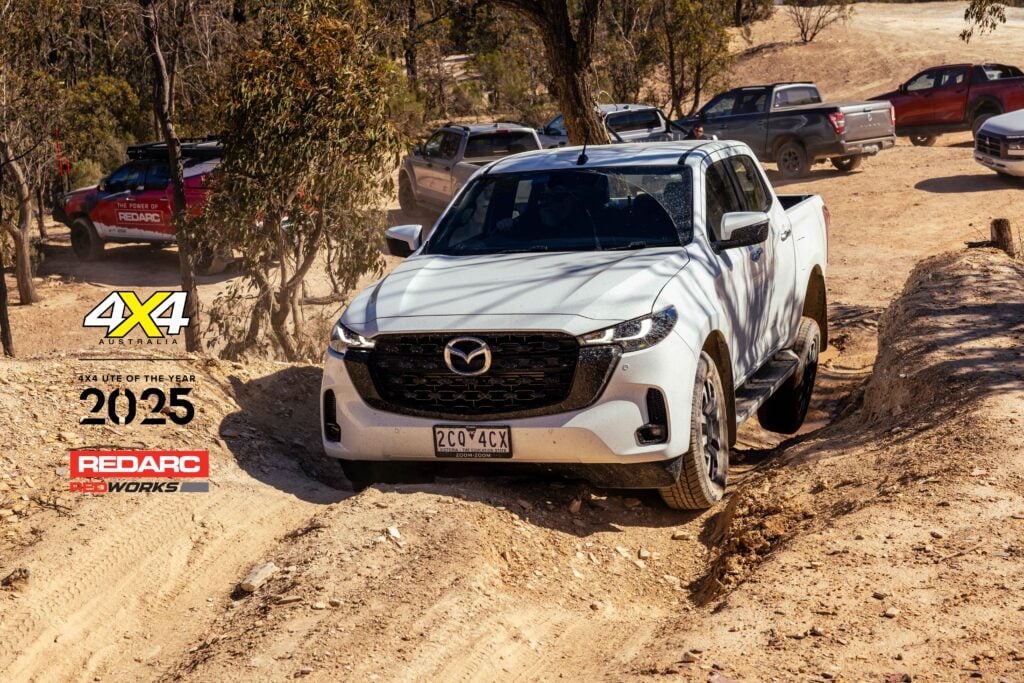
2025 4×4 Ute of the Year contender: Mazda BT-50 GT
The Mazda BT-50 GT proves you can have D-MAX guts with a bit more style and attitude
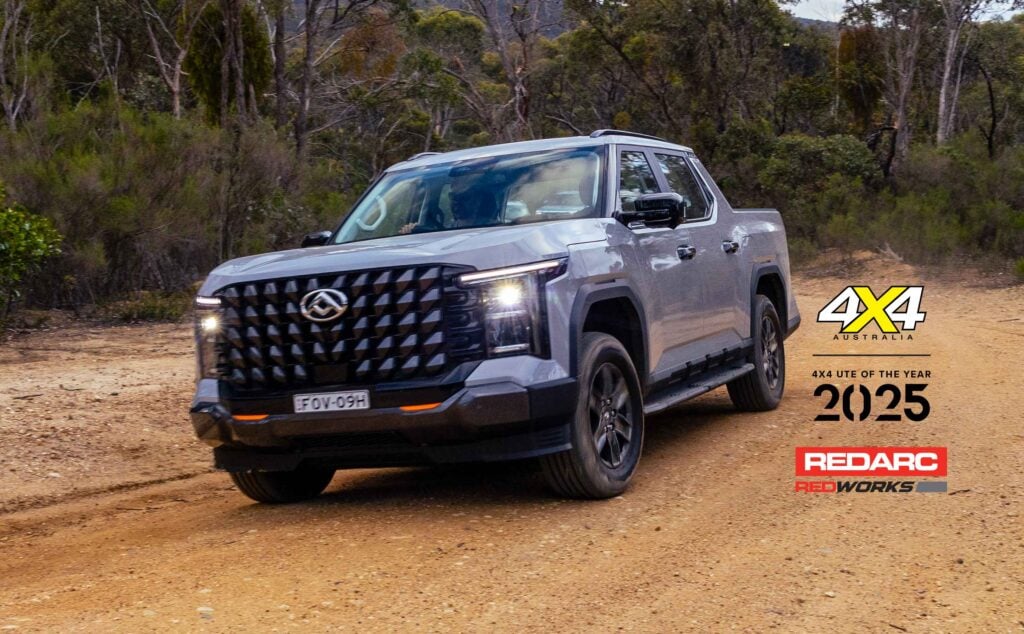
2025 4×4 Ute of the Year contender: LDV Terron9 Origin
Looks good on paper, but confusing controls and sluggish 4×4 leaves the LDV trailing the competition
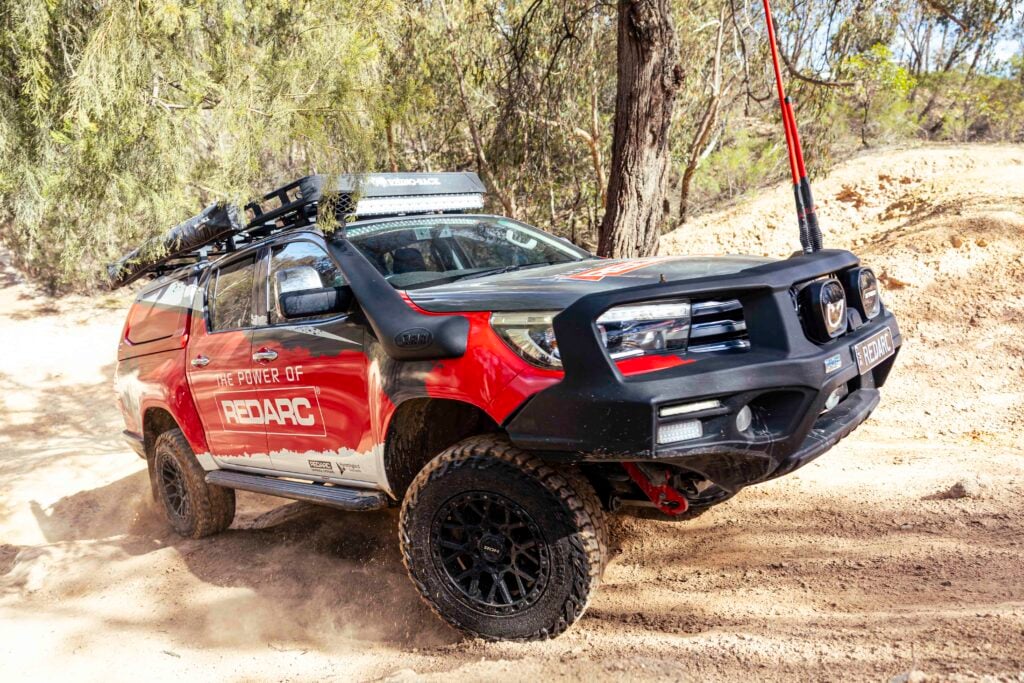
REDARC powers our 2025 4×4 Ute of the Year with new REDWorks platform
REDARC brings its Aussie-made REDWorks power panels to 4×4 Ute of the Year
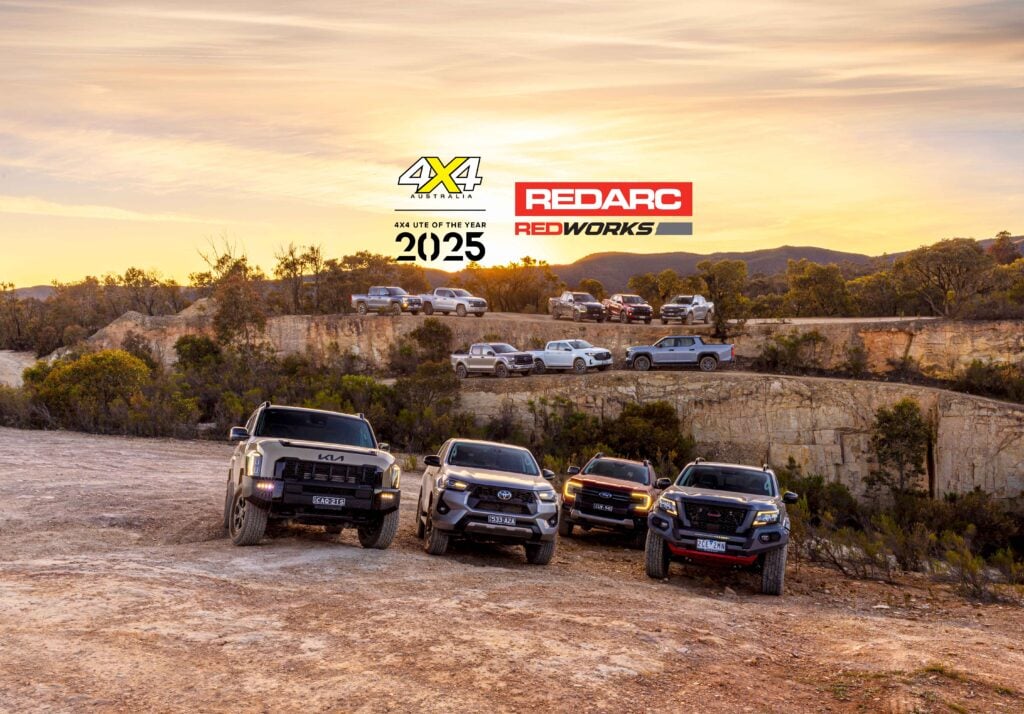
2025 4×4 Ute of the Year, powered by REDARC
We round up a dirty dozen midsize 4×4 utes to find the best in class!
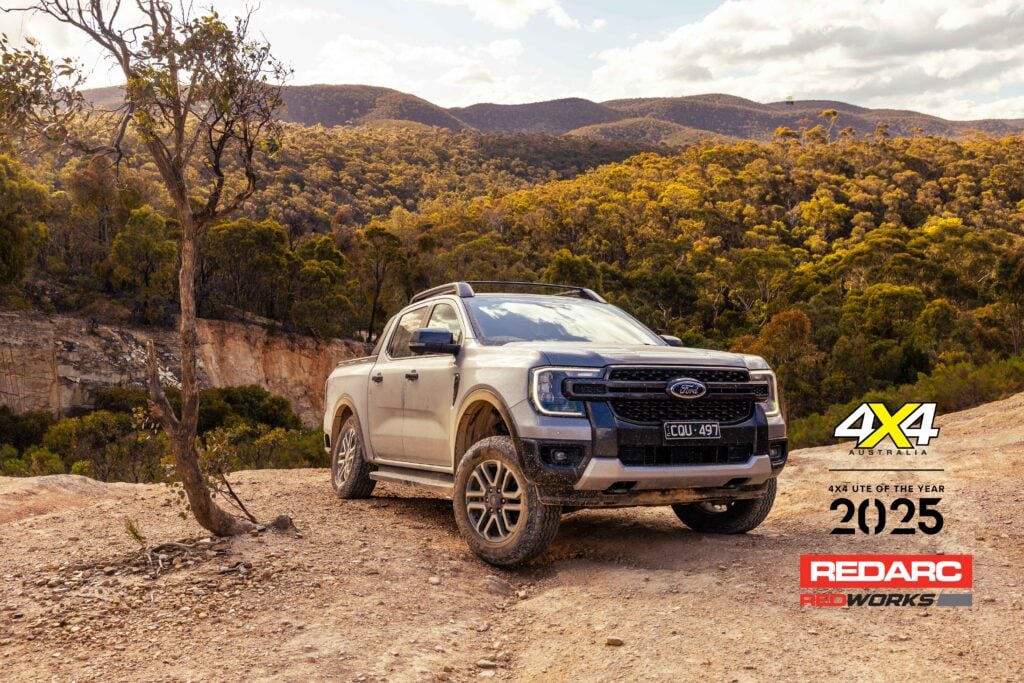
Ford Ranger V6 Sport wins 2025 4×4 Ute of the Year title
The Ranger Sport V6 takes top honours in our 2025 Ute of the Year test
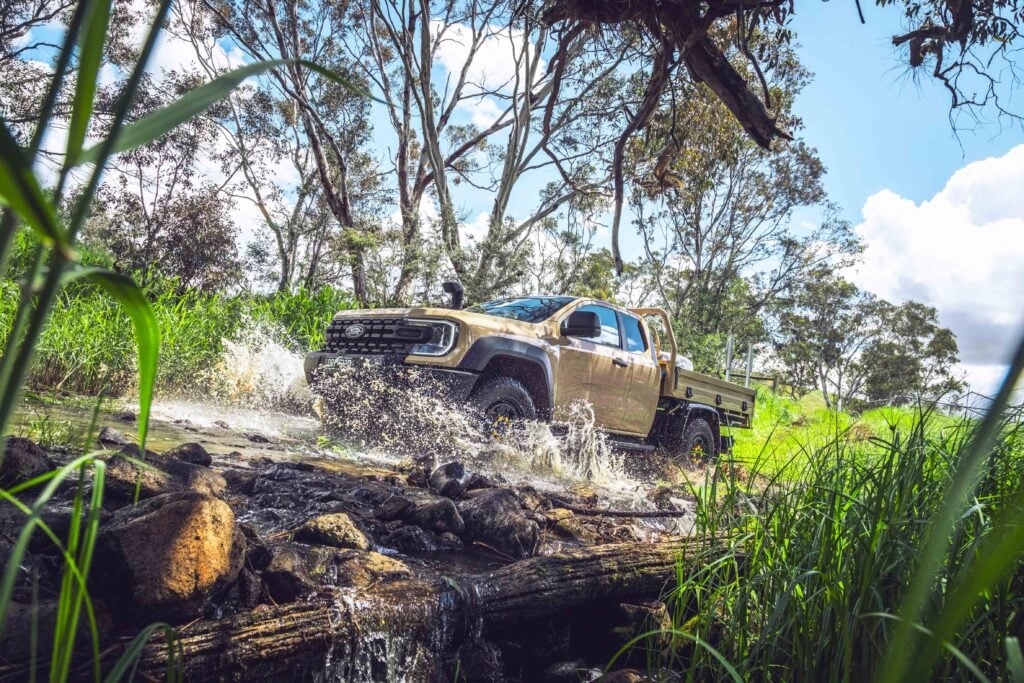
2026 Ford Ranger Super Duty: First drive review
A whopping 4500kg GVM, 4500kg towing capacity and 8000kg GCM – here’s our first drive of Ford’s new Ranger Super Duty
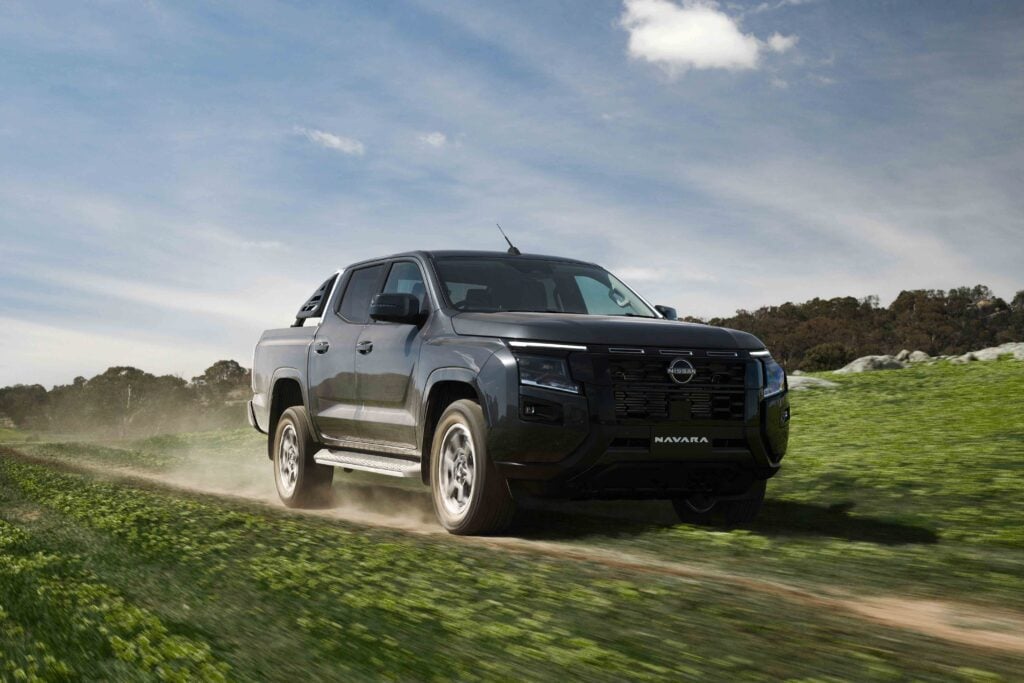
2026 Nissan Navara launch review: Can the Triton-sourced Navara win over the faithful?
A brief first drive of the Triton-based Navara is promising, but will Nissan’s loyalists get on board?
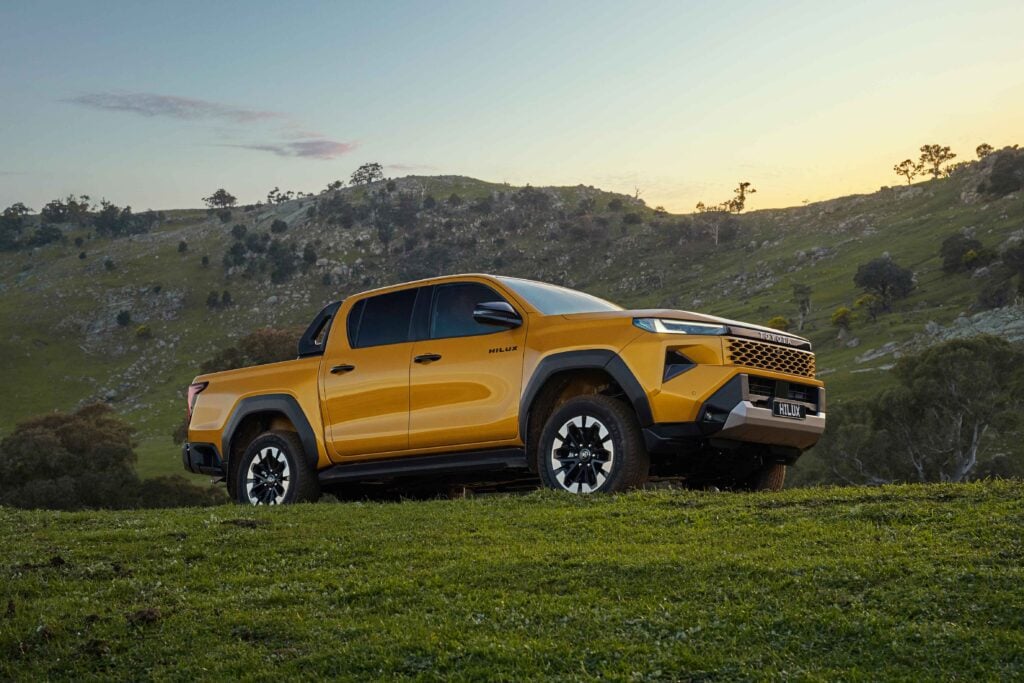
2026 Toyota HiLux: Our first drive impressions
Is the new HiLux an improvement over its hugely successful predecessor? We sample it to find out!

Kitted-out VW Amarok built for bush-and-beach escapes
Ken is a repeat offender when it comes to cool, kitted-out Amaroks… and this one is just his latest project
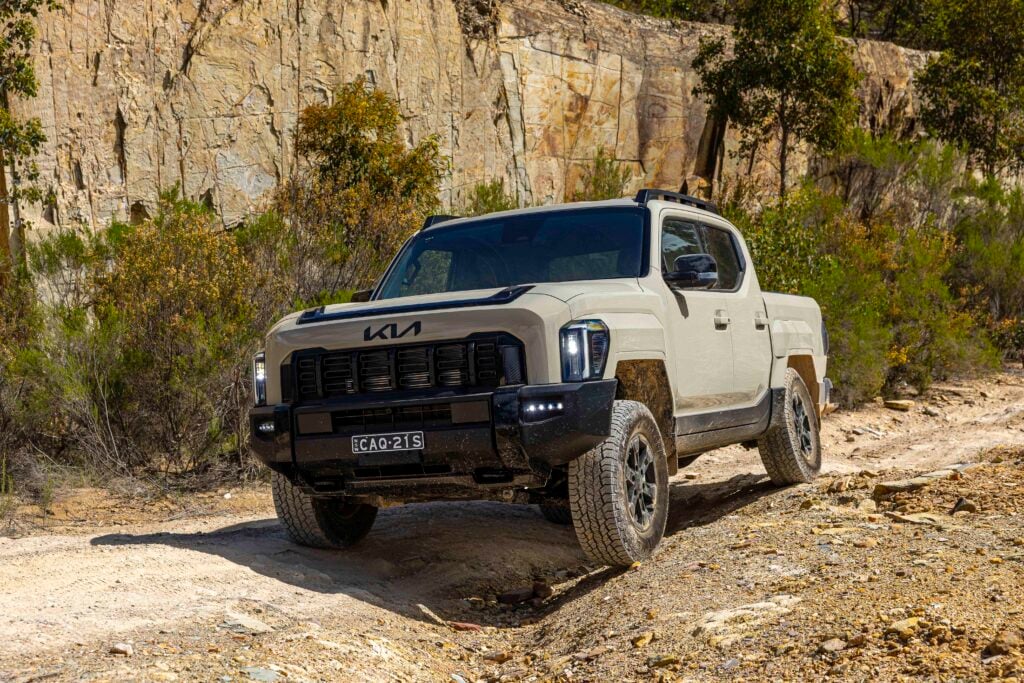
Living with the 2025 Kia Tasman X-Pro: Long-term review
We add a Kia Tasman to the 4×4 shed for our adventures over summer
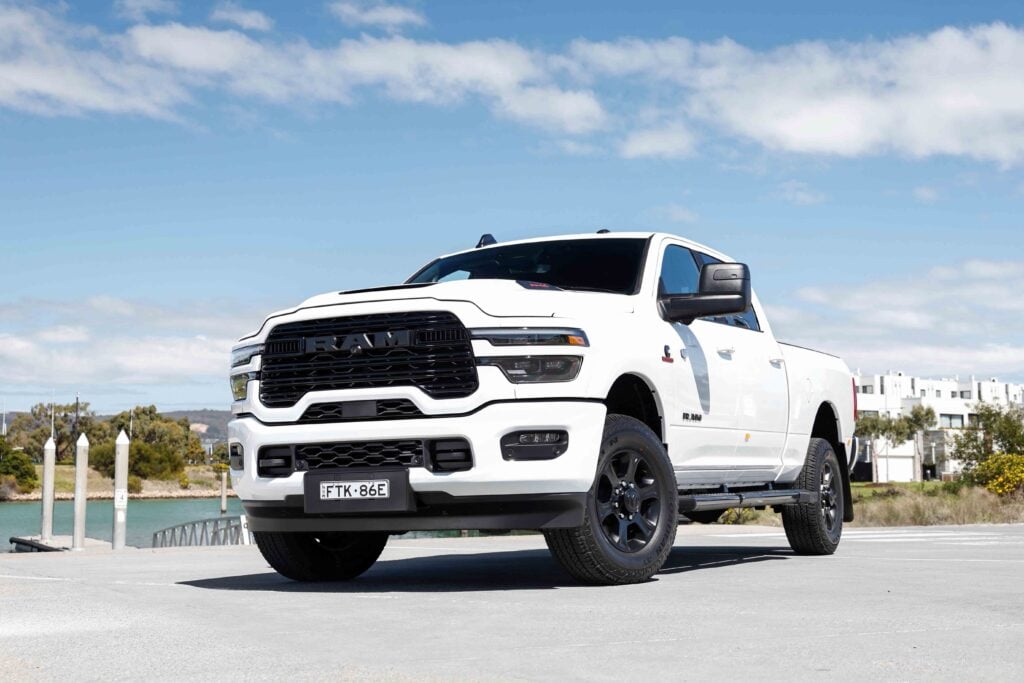
2025 RAM 2500 and 3500 HD launch review
Bigger is better with US trucks, and the HD line of Ram trucks proves to be the go-to for big loads
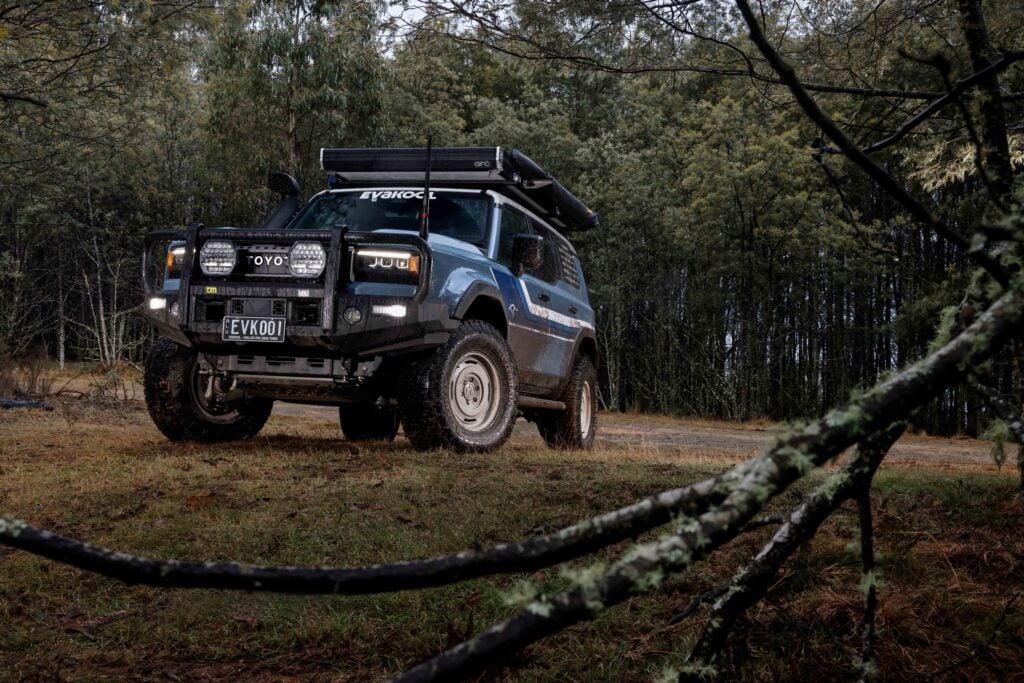
EvaKool’s Prado fuses retro styling with serious off-road ability
This Prado showcases top-tier products and innovative 4×4 engineering
2025 Jeep Gladiator Rubicon review: Tackling trails in the updated off-road icon
Jeep Australia has cut the price and boosted the standard equipment in the Gladiator Rubicon, so we grabbed one for a week to see if it still lives up to its formidable reputation
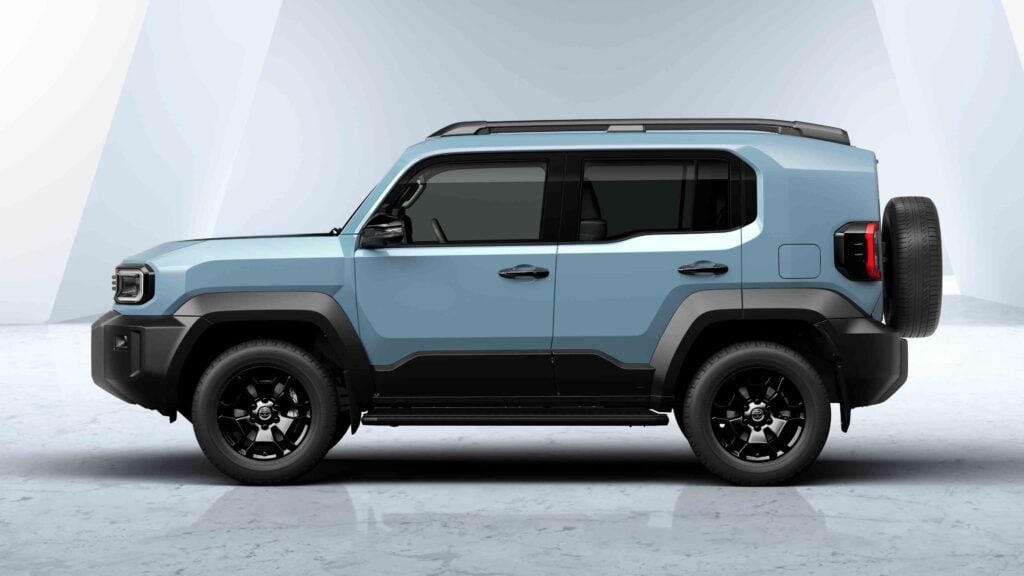
How the new Toyota LandCruiser FJ stacks up against the Prado and 300 Series
Toyota has released key specs for its upcoming FJ, and we’ve compared it with its larger Prado and 300 Series siblings